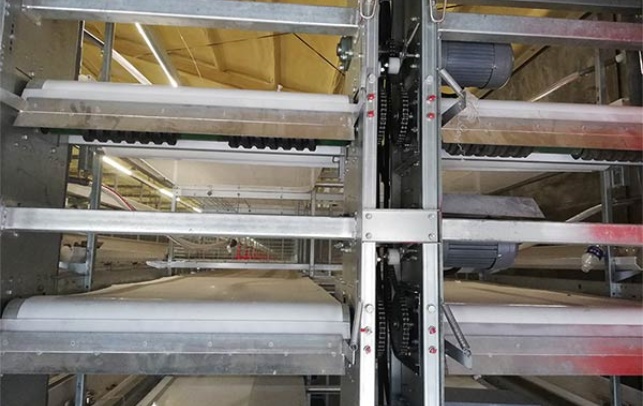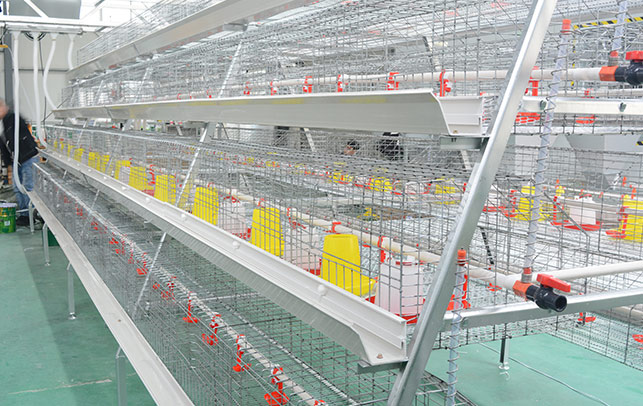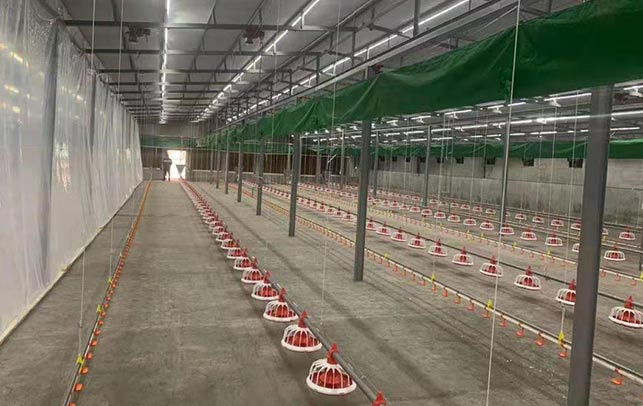Improved Kienyeji Chicken Farming in Kenya: A Game-Changer for Local Producers
Time : 2025-05-12
Kenya’s agricultural landscape is undergoing a significant transformation, especially in the poultry sector. One breed that has been at the forefront of this change is the Kienyeji chicken. Known for its hardiness and ability to thrive in local conditions, Kienyeji chickens are a staple in many Kenyan households. However, traditional farming practices have often left much to be desired. That’s where improved Kienyeji chicken farming comes in. Let’s dive into how this approach is revolutionizing the industry and boosting local producers.
The Kienyeji Breed: A Local Hero
Kienyeji chickens are not just any chickens; they are a symbol of resilience and adaptability. Native to Kenya, these birds have been bred over generations to withstand the region’s harsh climate and limited resources. Their ability to lay eggs and produce meat in challenging conditions has made them a favorite among small-scale farmers and consumers alike.
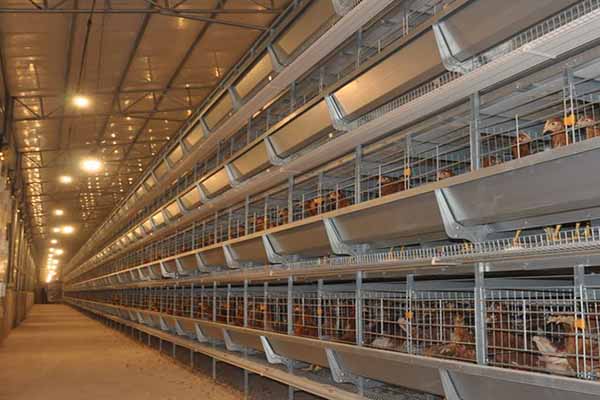
Challenges in Traditional Kienyeji Chicken Farming
Despite their strengths, traditional Kienyeji chicken farming has faced several challenges. Poor nutrition, lack of disease control, and limited access to markets have hindered the full potential of this breed. Many farmers struggle with low productivity, which affects their income and the overall sustainability of their farms.
Revolutionizing Kienyeji Chicken Farming: What’s Changed?
Improved Kienyeji chicken farming in Kenya is all about addressing these challenges and taking the breed to new heights. Here are some key aspects of this new approach:
Enhanced Nutrition
One of the primary changes is the focus on nutrition. By providing chickens with a balanced diet, farmers can significantly improve their growth rates and egg-laying capacity. Local farmers are now encouraged to use a mix of traditional feeds like grains and legumes with commercial feed to ensure optimal nutrition.
Improved Disease Control
Disease can be a devastating blow to any chicken farm. Improved Kienyeji chicken farming includes rigorous disease control measures. This includes regular vaccinations, proper biosecurity protocols, and the use of modern diagnostic tools to quickly identify and treat diseases.
Access to Markets
Another crucial aspect is the development of markets. Local farmers are being connected to larger markets, both within Kenya and internationally. This not only ensures a better price for their produce but also encourages larger-scale production.

The Benefits: A Win for Everyone
The benefits of improved Kienyeji chicken farming are multifaceted:
For the Farmers
Farmers are seeing better yields and healthier chickens. This translates into higher incomes and improved living standards for their families. With training and support, they are also learning better farming practices, which can be passed down through generations.
For the Consumers
Consumers are benefiting from access to healthier, locally-grown chicken. The improved quality of the meat and eggs has been well-received by the market, leading to increased demand for Kienyeji products.
For the Environment
Improved farming practices are also more sustainable. By reducing the need for antibiotics and chemical inputs, the industry is becoming more eco-friendly.
How You Can Get Involved
Whether you’re a farmer, a consumer, or simply interested in Kenya’s agricultural sector, there are ways to get involved in the improved Kienyeji chicken farming movement:
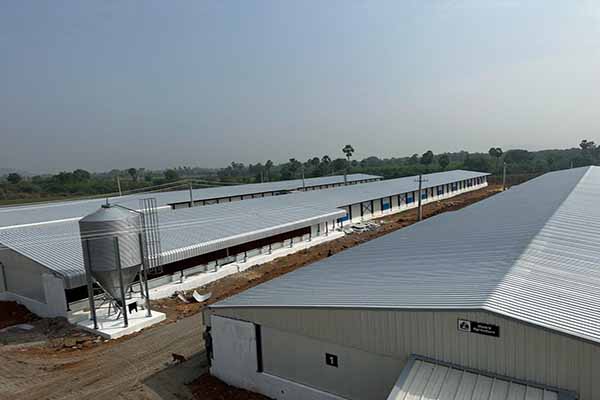
Support Local Producers
Buy Kienyeji chicken and eggs from local farmers. This not only supports the local economy but also encourages more farmers to adopt improved practices.
Participate in Training Programs
There are various training programs available for farmers looking to improve their skills. These programs cover everything from nutrition to disease control.
Advocate for Change
Advocate for better policies and practices that support the growth of the Kienyeji chicken industry. Your voice can make a difference.
Conclusion
Improved Kienyeji chicken farming in Kenya is a testament to the power of innovation and community-driven change. By focusing on nutrition, disease control, and market access, the industry is not only improving the lives of local farmers and consumers but also contributing to a more sustainable future. It’s a win-win situation, and it’s happening right now in Kenya’s vibrant agricultural scene.






